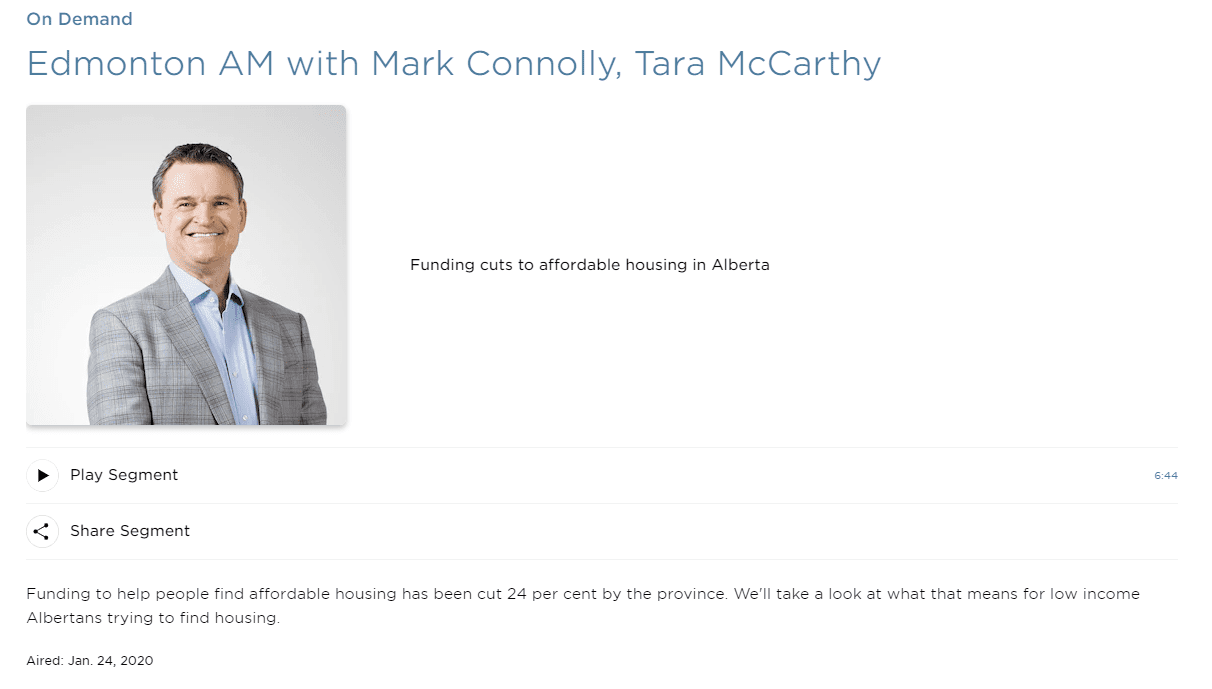[et_pb_section fb_built=”1″ _builder_version=”4.7.0″ custom_margin=”0px||0px||false|false” custom_padding=”0px||0px||false|false”][et_pb_row column_structure=”3_4,1_4″ use_custom_gutter=”on” gutter_width=”1″ _builder_version=”4.7.3″ _module_preset=”default” width=”100%” custom_margin=”0px||||false|false” custom_padding=”3px||5px|||” border_width_bottom=”1px” border_color_bottom=”#a6c942″][et_pb_column type=”3_4″ _builder_version=”4.7.0″ _module_preset=”default”][et_pb_post_title meta=”off” featured_image=”off” _builder_version=”4.7.4″ _module_preset=”default” title_font=”||||||||” custom_margin=”||3px|||” border_color_bottom=”#a6c942″][/et_pb_post_title][/et_pb_column][et_pb_column type=”1_4″ _builder_version=”4.7.0″ _module_preset=”default”][et_pb_image src=”https://edmontonsocialplanning.ca/wp-content/uploads/2020/08/boxes_1.gif” title_text=”boxes_1″ align=”center” disabled_on=”on|off|off” _builder_version=”4.7.4″ _module_preset=”default” width=”100%” custom_margin=”-2px||-1px||false|false” custom_padding=”||7px|||”][/et_pb_image][/et_pb_column][/et_pb_row][et_pb_row column_structure=”3_4,1_4″ use_custom_gutter=”on” gutter_width=”1″ make_equal=”on” _builder_version=”4.7.4″ background_size=”initial” background_position=”top_left” background_repeat=”repeat” width=”100%” custom_margin=”0px|auto|0px|auto|false|false” custom_padding=”37px|0px|44px|0px|false|false”][et_pb_column type=”3_4″ _builder_version=”4.5.6″ custom_padding=”0px|0px|0px|0px|false|false” custom_padding__hover=”|||”][et_pb_text _builder_version=”4.7.4″ _dynamic_attributes=”content” _module_preset=”default” text_font=”||||||||” text_text_color=”#000000″ custom_padding=”||32px|||”]@ET-DC@eyJkeW5hbWljIjp0cnVlLCJjb250ZW50IjoicG9zdF9kYXRlIiwic2V0dGluZ3MiOnsiYmVmb3JlIjoiIiwiYWZ0ZXIiOiIiLCJkYXRlX2Zvcm1hdCI6ImRlZmF1bHQiLCJjdXN0b21fZGF0ZV9mb3JtYXQiOiIifX0=@[/et_pb_text][et_pb_text _builder_version=”4.7.4″ text_line_height=”1.6em” header_2_font=”||||||||” header_2_text_color=”#008ac1″ header_2_font_size=”24px” background_size=”initial” background_position=”top_left” background_repeat=”repeat” width=”95%” module_alignment=”left” custom_margin=”3px|0px|2px|-96px|false|false” hover_enabled=”0″ locked=”off” sticky_enabled=”0″]
Note: This op-ed was originally published in the Edmonton Journal on July 9, 2020.
by Sandra Ngo and Brett Lambert
We’ve seen the headlines before: vocal members of the community expressing their opposition to a proposed affording housing development.
Stories of home owners’ associations taking developers to court, protests organized, and heated discussions at city council hearings are all commonplace occurrences during the public engagement process.
Recently, Edmonton City Council voted in favour of selling four parcels of land to Homeward Trust to build permanent supportive housing, which are located in Terrace Heights, King Edward Park, McArthur Industrial, and Inglewood. These sites will build a total of 150 units, which represent a portion of the 900 housing units the city needs to build by 2024 as part of their goal to end chronic homelessness.
Permanent supportive housing is a type of continuous care that combines subsidized housing with support services. These services can run the gamut, from innocuous programs such as community support groups and child care, to full-time, in-house registered nurses and psychologists. These investments are lauded for saving taxpayer money by reducing pressure on health and emergency services, the justice system, and reducing social disorder.
Despite these tangible benefits, some concerns over neighbourhood safety have been expressed. Does it always have to be this way? We don’t think so. The Edmonton Social Planning Council recently published a report, Public Engagement on Affordable Housing in Edmonton, which explores best practices for how a robust public engagement strategy can address these concerns and offers a number of recommendations to community league members, city administration, and affordable housing developers.
Good public engagement helps to find common ground between groups which may have different interests and leads to a development that is better integrated with the neighbourhood while benefiting the vulnerable populations who will be housed in these units in the long-term.
The key to a successful public engagement process is to start early and be transparent about the use of public input. Early and ongoing engagement allows for a dialogue to be created, and facilitates a deeper understanding of affordable housing within a community. This makes for more meaningful negotiations, where developers are able to gather feedback and reflect it back to the community, who in turn reciprocate the process.
The notion of feeling heard early on builds trusting relationships, dispels misunderstandings, and the lack of delay reduces discord among the community. Here the engagement process becomes meaningful and is not simply a formality.
Incorporating a human rights approach in the public engagement process is also a crucial component in increasing support for affordable housing. By framing the conversation around someone’s right to have adequate housing, the average person can recognize the role they play in helping marginalized populations and confronting stereotypes and prejudice against impoverished communities. Public engagement based on this premise can bust myths related to crime, safety, housing prices, and overcrowding.
Innovating the public engagement process is another way to bring about a successful outcome. Each neighbourhood has a different dynamic, with preferences varying widely according to the community. A non-traditional engagement format can include walking tours of successful affordable housing developments. These neighbourhood walkthroughs were cited as effective tools for increasing understanding and acceptance of developments and allowed for innovative ways of hearing community feedback.
When it comes to the planning process of an affordable housing development, change can be an inherently uncomfortable process and concerns from community members need to be addressed in order to move forward for a mutually beneficial result. All parties must be prepared to compromise while prioritizing a human rights-based approach whereby the most vulnerable are afforded their right to safe and adequate housing.
The four permanent supportive housing developments represent an important step forward for ending homelessness in Edmonton. They help people who have complex needs stay safe, healthy, and build community. As the next steps are undertaken, we hope that the best practices as outlined in our report will help facilitate a robust public engagement process resulting in housing stability for those who need it most.
Sandra Ngo is Research Coordinator of the Edmonton Social Planning Council.
Brett Lambert is Community Engagement Coordinator of the Edmonton Social Planning Council.
[/et_pb_text][/et_pb_column][et_pb_column type=”1_4″ _builder_version=”4.7.4″ custom_padding=”0px|20px|0px|20px|false|false” border_color_left=”#a6c942″ custom_padding__hover=”|||”][et_pb_testimonial author=”Posted by:” job_title=”@ET-DC@eyJkeW5hbWljIjp0cnVlLCJjb250ZW50IjoicG9zdF9hdXRob3IiLCJzZXR0aW5ncyI6eyJiZWZvcmUiOiIiLCJhZnRlciI6IiIsIm5hbWVfZm9ybWF0IjoiZGlzcGxheV9uYW1lIiwibGluayI6Im9uIiwibGlua19kZXN0aW5hdGlvbiI6ImF1dGhvcl93ZWJzaXRlIn19@” portrait_url=”@ET-DC@eyJkeW5hbWljIjp0cnVlLCJjb250ZW50IjoicG9zdF9hdXRob3JfcHJvZmlsZV9waWN0dXJlIiwic2V0dGluZ3MiOnt9fQ==@” quote_icon=”off” disabled_on=”on|off|off” _builder_version=”4.7.4″ _dynamic_attributes=”job_title,portrait_url” _module_preset=”default” body_text_color=”#000000″ author_font=”||||||||” author_text_align=”center” author_text_color=”#008ac1″ position_font=”||||||||” position_text_color=”#000000″ company_text_color=”#000000″ background_color=”#ffffff” text_orientation=”center” module_alignment=”center” custom_margin=”0px|0px|4px|0px|false|false” custom_padding=”32px|0px|0px|0px|false|false”][/et_pb_testimonial][et_pb_text disabled_on=”on|off|off” _builder_version=”4.7.4″ _dynamic_attributes=”content” _module_preset=”default” text_text_color=”#000000″ header_text_align=”left” header_text_color=”rgba(0,0,0,0.65)” header_font_size=”20px” text_orientation=”center” custom_margin=”||50px|||” custom_padding=”48px|||||”]@ET-DC@eyJkeW5hbWljIjp0cnVlLCJjb250ZW50IjoicG9zdF9jYXRlZ29yaWVzIiwic2V0dGluZ3MiOnsiYmVmb3JlIjoiUmVsYXRlZCBjYXRlZ29yaWVzOiAgIiwiYWZ0ZXIiOiIiLCJsaW5rX3RvX3Rlcm1fcGFnZSI6Im9uIiwic2VwYXJhdG9yIjoiIHwgIiwiY2F0ZWdvcnlfdHlwZSI6ImNhdGVnb3J5In19@[/et_pb_text][/et_pb_column][/et_pb_row][/et_pb_section]



